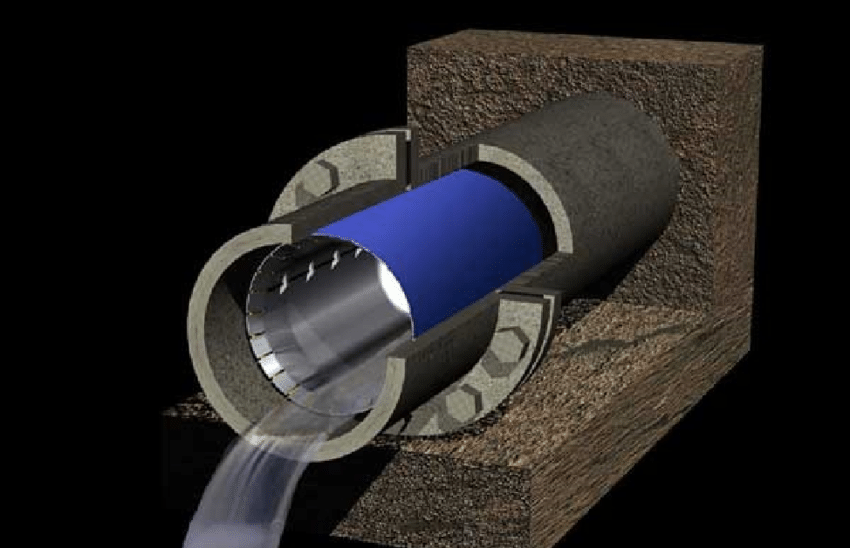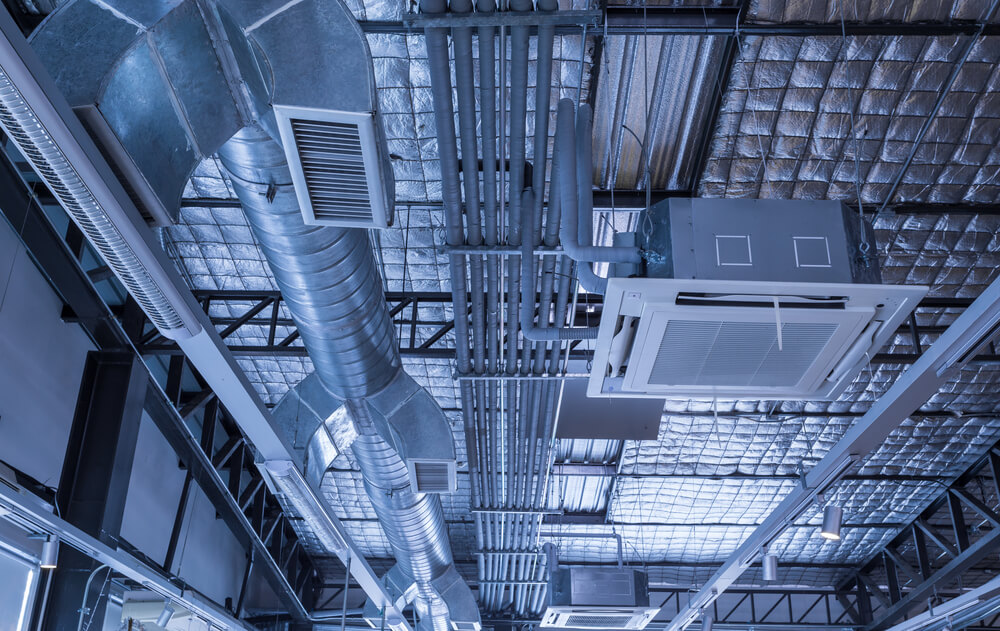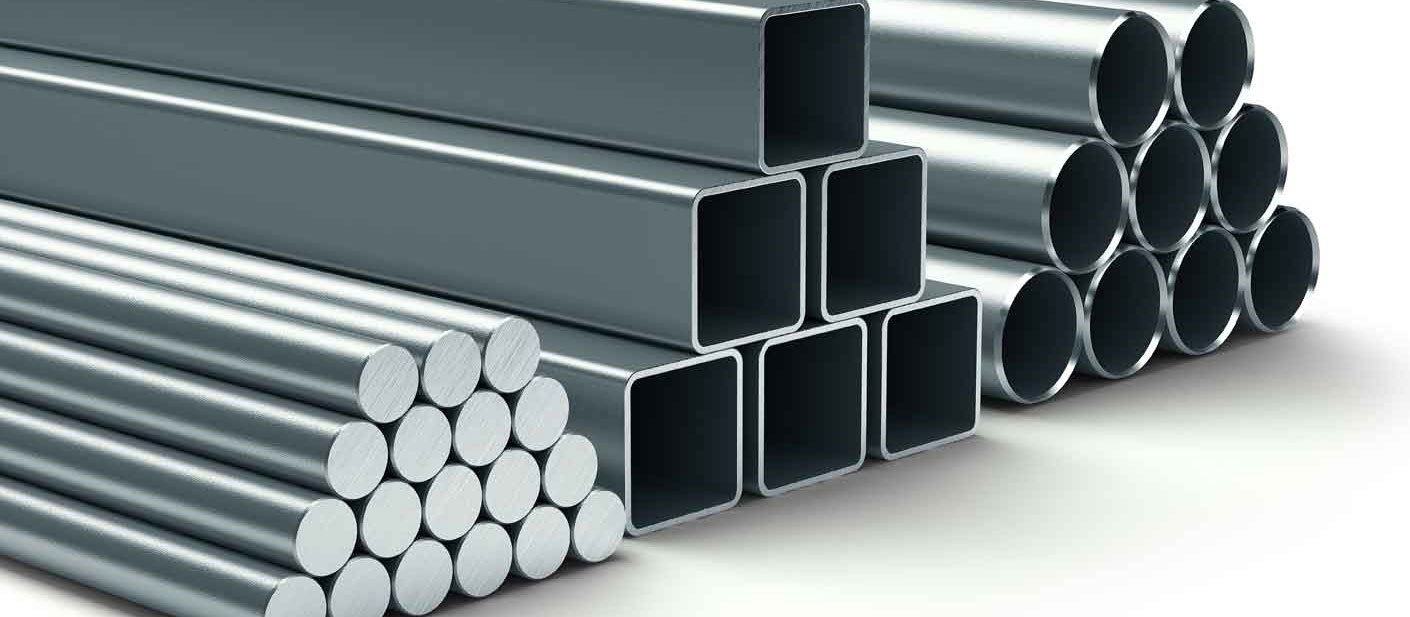What is a Throttling Valve? | Definition, Applications, Working, Examples, Selection
A throttling valve is a device that regulates the flow rate of a fluid or gas in a pipe or duct by constricting or expanding the diameter of the passage through which the fluid or gas flows. It is also…
Overview of Pipe Coupling, its Types, Materials, Applications and Functions
A pipe coupling is a device used to connect two sections of pipe or tubing together. It can be made of a variety of materials, such as metal, plastic, or rubber, and can come in various forms, such as threaded,…
What is a Pipe Sleeve? Its Functions and Uses
A pipe sleeve is a cylindrical piece of material that is inserted into an existing pipe to reinforce or repair the pipe. It can be made of various materials such as metal, plastic or composite and can be used to…
Types of Flow Meters and Their Applications, Types, Features, Working
A flow meter is a device used to measure the flow rate, or velocity, of a fluid or gas as it moves through a pipe or other conduit. There are several types of flow meters, each designed to work with…
Major Differences between ASME B31.3 and B31.1 (B31.3 vs B31.1)
What is ASME B31.3 ASME B31.3, also known as the Process Piping Code, is a set of guidelines and requirements for the design, fabrication, installation, inspection, and testing of process piping systems. It applies to piping systems used in the…
What is ASTM? What are ASTM Standards? ASTM vs ASME
ASTM stands for the American Society for Testing and Materials. It is an organization that develops and publishes technical standards for a wide range of materials, products, systems, and services. These standards are used in various industries, including construction, manufacturing,…
HVAC Systems: Meaning, Objectives, Components, Types, Selection
HVAC stands for heating, ventilation, and air conditioning. These systems are used to control the temperature, humidity, and air quality in buildings. Heating systems can use a variety of sources such as natural gas, electricity, or heat pumps. The most…
Pros and Cons of Carbon Steel and Stainless Steel
Steel is an alloy of iron and carbon, often with small amounts of other elements such as manganese, chromium, nickel, and molybdenum. It is a strong and durable material that is used in a wide range of applications, including construction,…
Mastering Pipe Welding Positions: Understanding the Different Positions
Welding positions refer to the angle at which the welding process is performed. The position of the welder and the workpiece relative to each other determines the welding position. The five most common welding positions are flat, horizontal, vertical, overhead,…
What is Metal Galling? Its Causes, Mechanism, Susceptible Metals, Prevention
Metal galling, also known as cold welding or adhesion, is a type of wear that occurs when two metal surfaces are in contact and slide against each other. This can happen when two metal parts are tightened against each other,…










